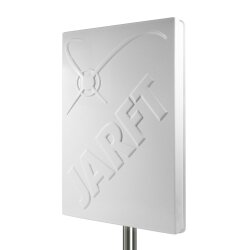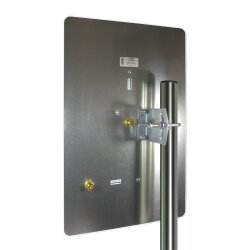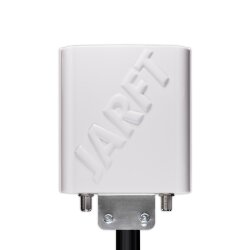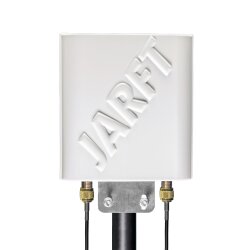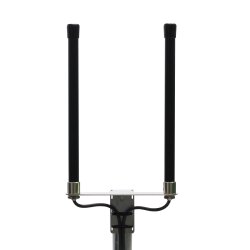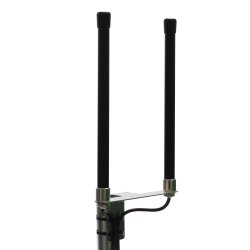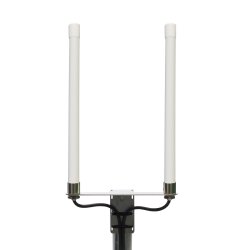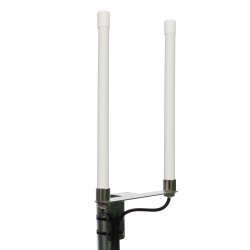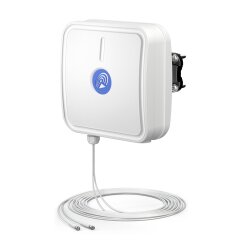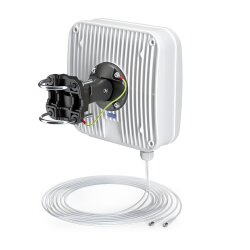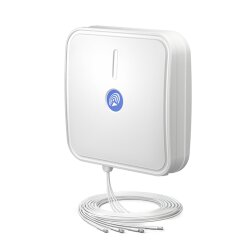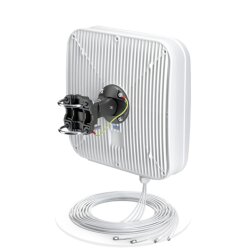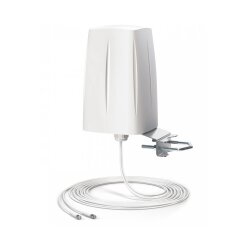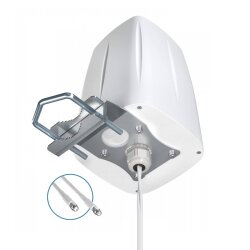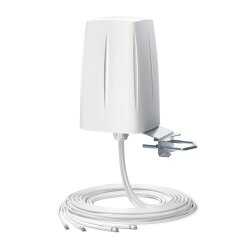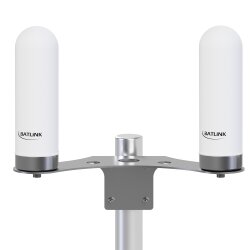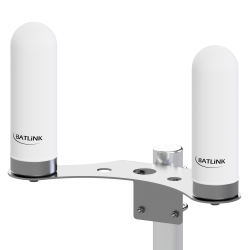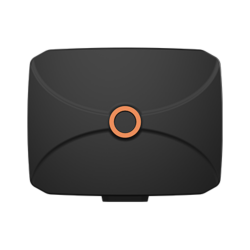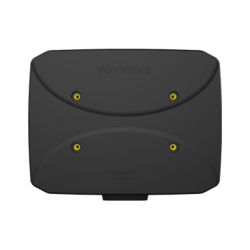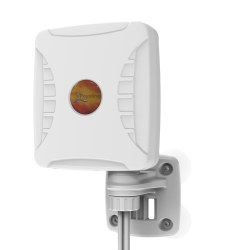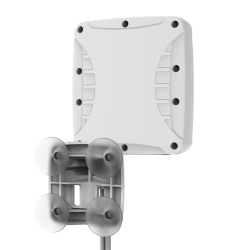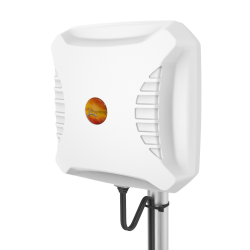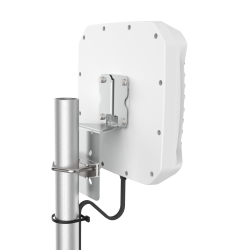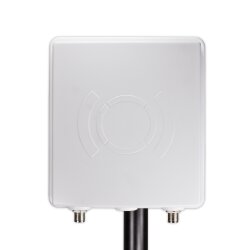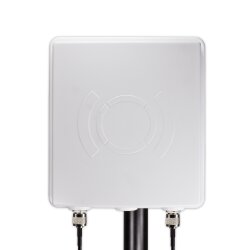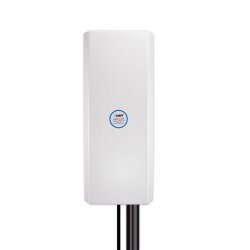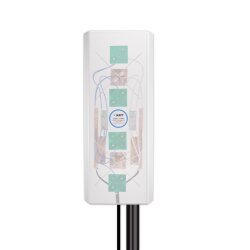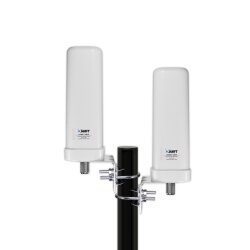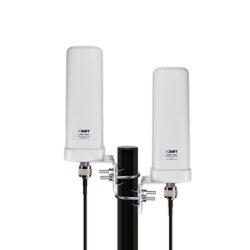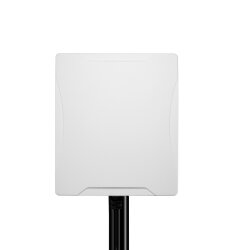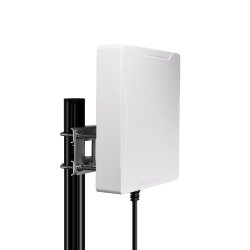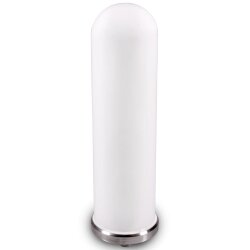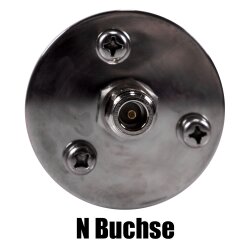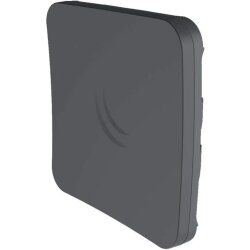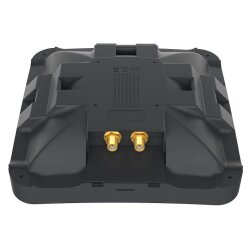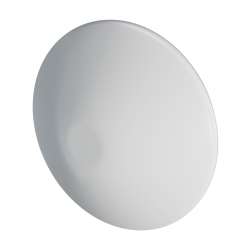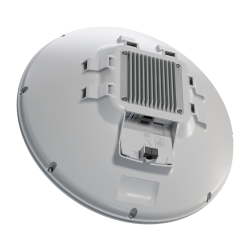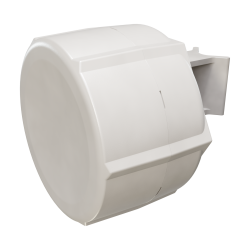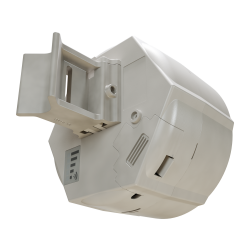4G Outdoor Antennas
In Germany and across Europe, 4G (also known as LTE) operates on three frequency bands: 800 MHz, 1800 MHz, and 2600 MHz. Our high-quality 4G antennas cover all these frequencies and are universally compatible - ideal for any network environment.
Compatible with all popular 4G routers: Our 4G antennas are suitable for models from leading providers such as Telekom (Speedport), Vodafone (B-series and GigaCube), and O2. They can also be easily used with other routers, including FritzBox, Huawei, and Teltonika.
Not sure if your router has an external antenna port? No problem! Reach out to us via chat, email, or phone. Our experienced team is happy to help you select the right 4G antenna and connections.
Boost your 4G connection’s performance with our outdoor antennas - perfect for stable reception and fast internet, even in challenging environments!
How can an 4G connection be enhanced using an 4G outdoor antenna?
By placing an 4G antenna outdoors, you eliminate dampening interference factors such as your house wall. House walls, highly insulated windows, or reinforced concrete ceilings are major obstacles for 4G data connections. Installing an 4G antenna outdoors allows you to bypass these negative influences. Place the antenna as high as possible to also exclude neighboring buildings and trees as interference factors. Such an 4G antenna must be weatherproof, so an 4G outdoor antenna is the best choice.
What does the "dBi" value mean for an 4G antenna?
The gain of an 4G antenna is measured in dBi. The higher the dBi value of an 4G outdoor antenna, the higher the gain and thus the range of the antenna. Although the topic is more complex, this simple rule always applies.
4G directional antenna or 4G omnidirectional antenna?
An 4G directional antenna is recommended for fixed, permanent installations such as at a residence or office. It has a high range due to signal bundling. The higher the gain of the antenna, the stronger the signal bundling and the more precisely it must be aimed at the transmitter of your 4G provider. Place the 4G directional antenna so that there is a clear line of sight to the transmitter. Take your time with the precise alignment to achieve the best possible signal enhancement.
An 4G omnidirectional antenna is suitable for mobile, temporary installations or when the position of the 4G provider's transmitter is unclear or the line of sight is severely restricted. It does not need to be aimed, as it sends and receives the 4G signal equally in all directions. However, it does not achieve the same high range in a specific direction as a directional antenna.
How do I connect my 4G antenna?
An 4G antenna is connected to your device (usually an 4G router) via a coaxial antenna cable. You need an antenna cable that fits both the antenna connections and the router connections. Typically, 4G routers have SMA sockets, while 4G outdoor antennas usually have N sockets. Therefore, a cable with an N plug to SMA plug is necessary. Small, mobile routers like Vodafone's GigaCube often use TS9 plugs. In this case, we recommend using an adapter cable (pigtail) from SMA socket to TS9 plug. In general, the shorter the antenna cable, the lower the signal loss. Keep the cable connection between the 4G antenna and the router as short as possible, and consider repositioning the router if necessary.

